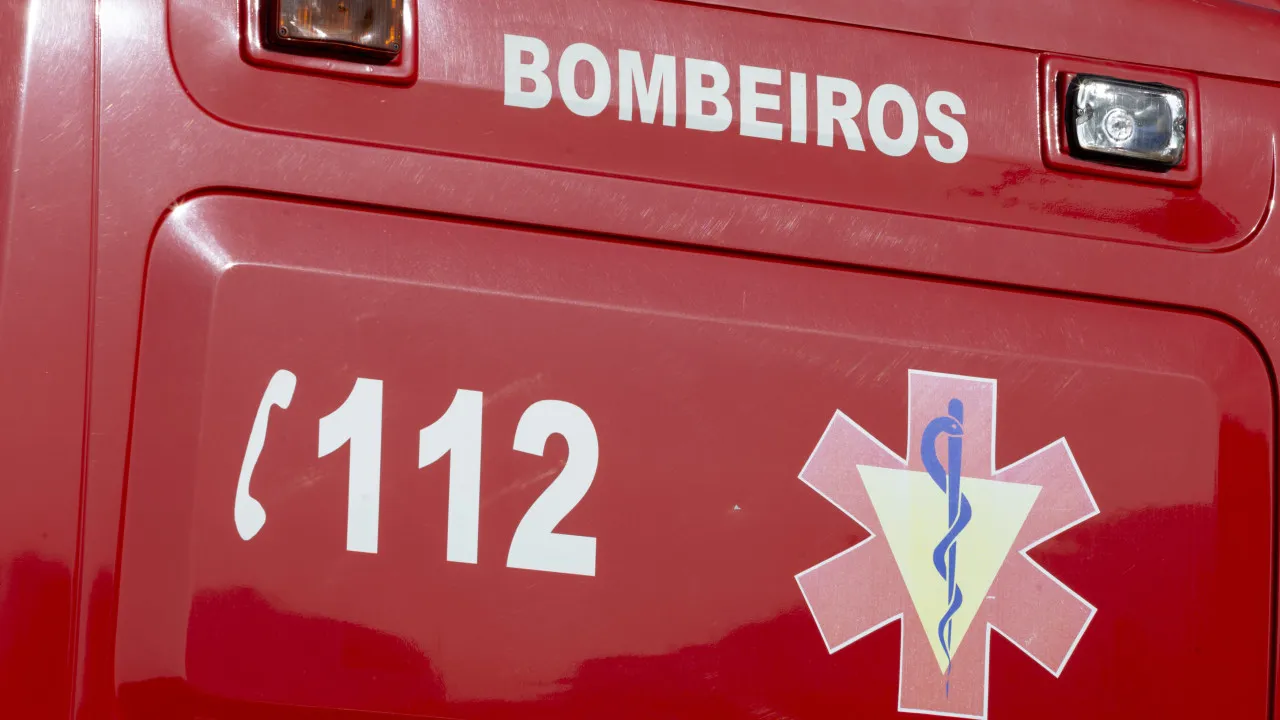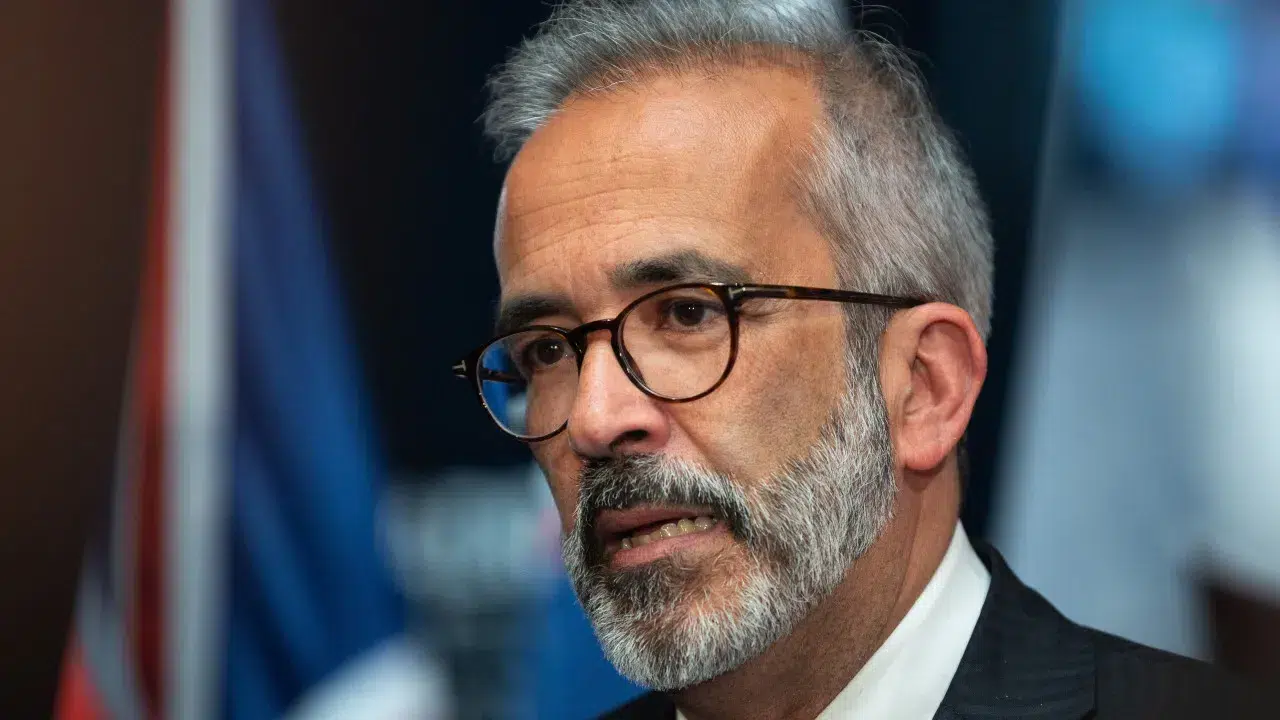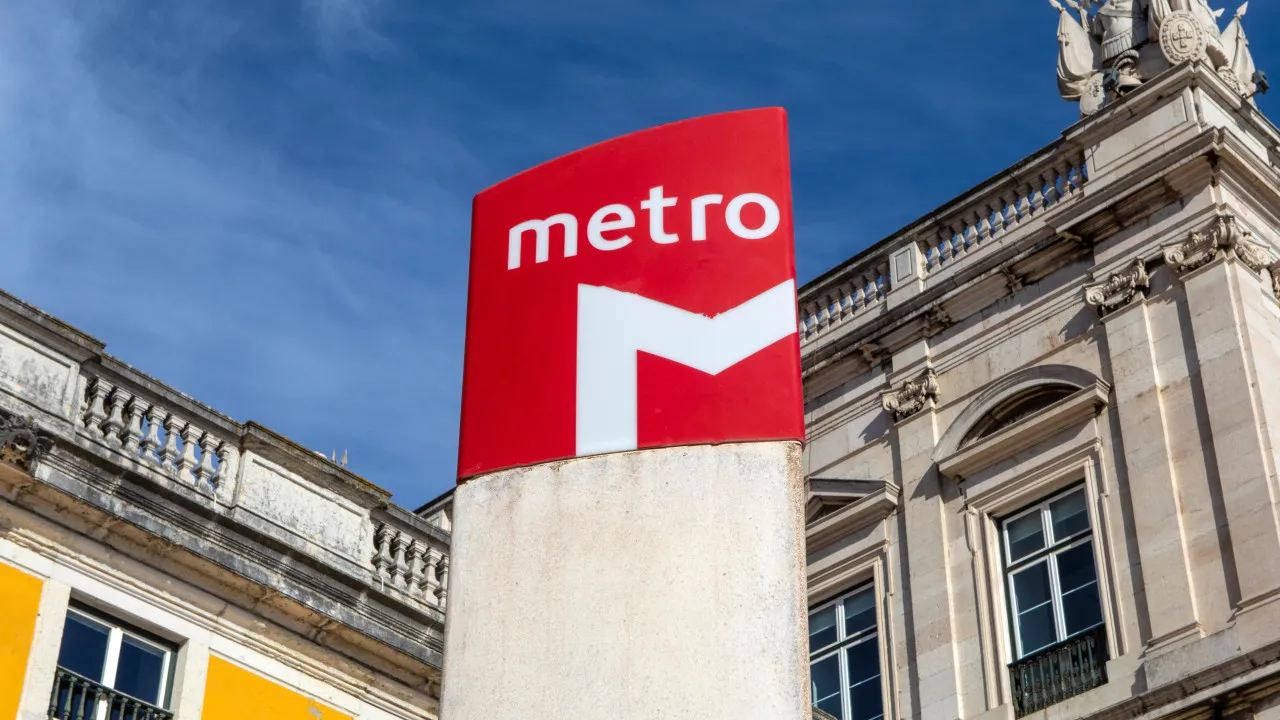
The management of fuel clearance in secondary network areas can continue until May 31, according to a directive by the Secretaries of State for Civil Protection, Paulo Simões Ribeiro, and Forests, Rui Ladeira. This directive, dated April 15, was published the following day in the Diário da República.
The management of fuel breaks in forested areas around buildings, infrastructure, and clusters, mandated by law until April 30, aims to prevent wildfires. However, the National Federation of Forest Owners Associations (FNAPF) requested a one-and-a-half-month extension due to weather conditions.
The directive justifies the extension until May 31, taking into account the persistent precipitation and high soil moisture levels, which have limited the available periods for carrying out fuel management work.
This situation, the text adds, also creates conditions for increased net primary production of ecosystems, resulting in greater fuel accumulation.
Additionally, recovery actions are underway following storms that affected various regions of the mainland, causing significant local accumulations of felled woody fuel, according to the officials. The Agency for Integrated Rural Fire Management and Infraestruturas de Portugal have been consulted.
In another directive published on April 17, regarding priority parishes for inspection purposes, 988 parishes (34% of the total number) were identified, covering an area of 2,871,924 hectares (32% of mainland Portugal’s surface) and encompassing 1,988,232 hectares of forest areas (37% of their total area).
“The criteria adopted since 2022, which incorporate the components of fire risk and ecosystem value, have been maintained,” the directive from the Secretaries of State for Civil Protection and Forests explains.
In mainland Portugal, the adoption of criteria to prioritize inspection actions has been operationalized since 2018 by identifying priority parishes. These areas correspond to about one-third of the total number of parishes and are concentrated in regions with a higher risk of fire.
The directive, dated April 10, prior to the extension of the land clearance deadline to May 31, determines that fuel management inspections will occur between May 1 and May 31, a period extended into the following month.
This inspection will focus on secondary network zones around built-up areas, hotels, camping and caravan parks, infrastructure, recreation areas, business and industrial sectors, fuel stations, logistics platforms, and landfills.
Property owners with land less than 50 meters from residential buildings or commercial activities are required to manage fuel in a 50-meter wide zone in forest areas or a 10-meter wide zone in agricultural land.
Inspections from June 1 to June 30 will focus on secondary network corridors adjacent to roads and railways, electricity transmission and distribution lines, gas and petroleum product transport lines, and facilities for the production and storage of electricity and gas, including support infrastructures for the Integrated System of Emergency and Safety Networks of Portugal (SIRESP).
In population clusters located within or bordering forest areas, managing fuel in an exterior zone of no less than 100 meters is mandatory, as is the case for campsites, industrial parks, and landfills.
Bragança is the district with nearly two hundred priority parishes or unions, followed by Guarda and Viseu, with around 150 each, Vila Real with eighty, and Coimbra with seventy-five. Beja and Setúbal have four parishes each, followed by Lisbon (five), Portalegre (twelve), and Faro (fourteen).
FNAPF President Luís Damas stated that the federation requested a one-and-a-half-month extension for land clearance due to weather conditions, but the Secretary of State for Forests only agreed to an extension until the end of the month, fearing increased fire risk in June.
“It’s a step forward, and then we’ll see; at least we have an extra month,” expressed Luís Damas.




